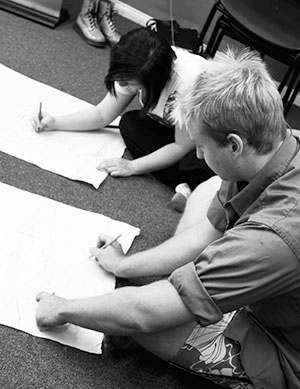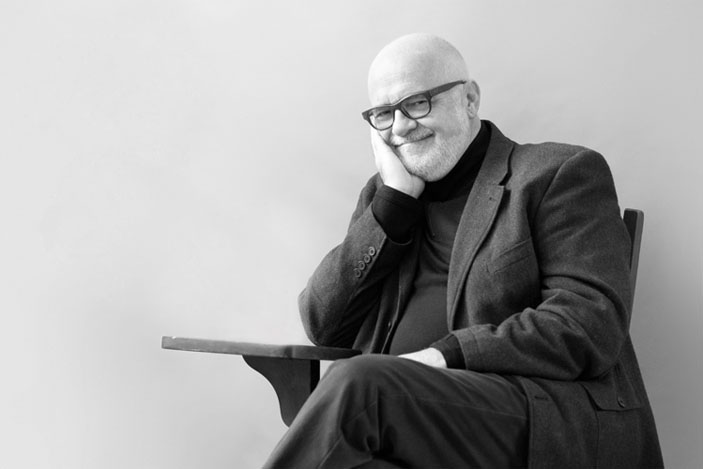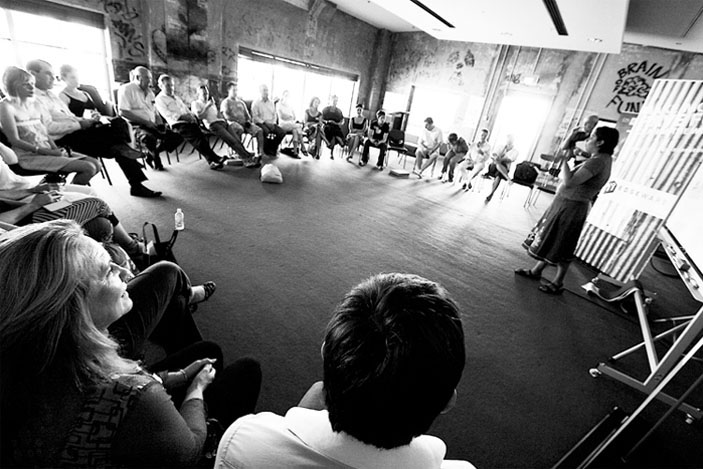THINK of a future outcome you desire of a project and understand how to attain it. Solution Focused Therapy aims to deliver what you hope for, or at least get you off on the right foot.
Rosemary was always good at cakes. She “lurved” cakes, and she had a particular angle on cupcakes. She thought maybe there’s a business in this. When I asked her for a tagline for her business plan, she considered and came up with “I’m here for cupcakes.
Good, I said, but maybe it could be even better. Imagine your business, say, five years from now. Imagine everything has gone perfectly. Does that tag still do it for you? Does it sing?
Um…no.
Plan Ahead
Rosemary is a small business starter-upper, tired of working for others and looking for ways to turn her passions and her skills into a meaningful living. In our collaboration on her business plan we used a method called Solution Focused (SF) to simplify and clarify her future and the business goals that were relevant to that picture, so she could begin to make small and achievable steps right away.
So, Rosemary, I said, in that wonderful place, your future, what turns you on about your business, what feedback from your customers (apart from their money) do you most appreciate? What have you achieved when you see that satisfied smile, when they come back to your shop and order again? I mean, apart from an income and the independence it brings. What have you really achieved?
SF started as a therapy, and has been picked up by business coaches. But can it be used in business planning?
Consider how many ‘talking therapies’ work. You come to me, your therapist, with a problem. I work with you to identify the causes of that problem, confident that if we can remove these causes we can solve the problem. Unfortunately this doesn’t always pan out in practice. And it can take a lot of time and cost a lot of money.
The cakes, and my love of cakes Rosemary explained, was born at my grandmother’s knee, in her kitchen. It’s not just ‘cakes’, I guess. It’s love, it’s the love thing. Like my grandma, I want to bring a little love into the world, using my hands, and using my heart. My cakes are about love. Because she loved making them and feeding us, I learned and I learned well, and I’ve never forgotten. I want to make a living doing that!
Looking To The Future
SF Therapy doesn’t work like that. You come to me, your SF therapist, with a problem. I work with you to identify a future position — your preferred future — one in which your problem doesn’t exist. What resources, personal or otherwise, did you bring to bear in dealing with similar issues in the past, and how might you use those same resources now?
We haven’t discussed your problem, let alone its causes. Our focus has been on the future, on your strengths and resources, and the ways in which you may choose to use these strengths to move, step by step, in the direction of that preferred future.
These days SF is used increasingly in coaching and mentoring practices. It’s used because it’s highly effective and, importantly, relatively cheap because it takes less time to achieve tangible results.
Love…I said, that’s great (and thanks for the cupcake). And I can see the connection with your motivation, your years of practice, and the fact (licking my fingers) that you’re very talented. In a crowded market place (this is back when cupcakes were a major craze) how might you use those talents — and that love — to somehow set your product apart from the others?
How can SF be used in business planning?
We engage customers with a set of tools that populate a one-page business plan, a dashboard pointing to key indicators for business success that are organised in three “movements”.
The NOW and WHERE
The NOW, where we begin, is a situation analysis, a summary of existing resources, personnel, plant, intellectual property and so forth.
Then we leap forward a few years, moving to a WHERE (and this is the ‘SF’ part) — a detailed visioning of a perfect future, where everything that could go right has gone right. It’s perfect! What does this future look like (not only financially but personally and socially), and importantly, how will we measure and account for it?
The WHERE is not about goal-setting; goals “fall out” of our vision for the future, and particularly the metrics we set to measure these outcomes. My financial vision of WHERE might be “a healthy income, with a surplus for social investment”, which translates into a goal of “By year five, net revenue after tax of $X, with a social investment surplus of $Y”.
Then, in the third and final movement, we formulate our HOW. This is our “to do” list, the action part — a set of tools that defines the practical steps we should take to link our NOW, our present situation and capacity, to our WHERE, the ideal outcome. Consistent with the advice of luminaries such as Stephen Covey (‘Start with the end in view.’) we find that a clear vision of an ideal future influences and benefits both large and small decisions we make in the present.
Well, she said, I love my dog, too, and I’ve often wondered whether he would like a special treat when he’s been good, just as I did when I was little, made and offered with a smile for no reason at all, except love. I wonder if there are other people like me who would feel the same about treats for their pets. Cupcakes.… Pupcakes!
How might we measure the non-financial elements of our perfect WHERE? This is important: We know that business success is often conditioned by the so-called untraded intangibles — the value of a brand generally, of the morale of our staff, of trust and confidence, of our own commitment to our business, of goodwill among our customer base, and so forth. How do we create metrics around these?
One way is to use an SF tool like scaling.
Let’s take a WHERE element like ‘personal workplace satisfaction’, perhaps expressed as a vision like ‘I look forward to every day in my business, I love my work and it gives me great pleasure to help my customers with (x)’.
I asked, so ‘I’m here for cupcakes’? In that rosy future of yours, is it ‘I’m here for pupcakes’ now? No, said Rosemary, it has now become ‘Inspire the world to follow its heart’. Okay, I said, how do you plan to do that … or, better said, what small things could you start to do right now to make that happen?
 Okay, let’s suppose that, on a scale of 1–10, this wonderful state of affairs is a ‘10’. Where are you right now?
Okay, let’s suppose that, on a scale of 1–10, this wonderful state of affairs is a ‘10’. Where are you right now?
Perhaps a ‘6’?
Excellent!
That is so much better than a ‘5’!
Tell me, how did you manage to move from a ‘5’ to a ‘6’? Specifically, what strengths, skills and resources did you deploy to achieve that?
Now, how might you use those same strengths to move this ‘personal workplace satisfaction’ score from the present ‘6’ to a ‘7’, maybe even an ‘8’?
Qualitative Metric
Unlike the financial KPI’s we may have defined, this is a qualitative metric, but nevertheless it is a metric. It enables us to include untraded intangibles in the body of our business plan, and track our progress towards our perfect WHERE. As the common wisdom has it, you can’t manage what you can’t measure.
And…what you measure is what you get.
As it happens, Rosemary tried pupcakes and failed, but it was no big deal. She had the vision of her eventual success, and she had a set of words to describe it. Her next business was in alternative health. Maybe that will work, maybe it won’t. What she knows now, though, is her purpose in small business, and the shape of her eventual success. Failure is nothing, in this context, but another step on the road to the future she wants and will one day achieve.
SF is an effective and efficient approach to ‘shorthanding’ business planning, and it readily allows the inclusion of the ‘soft’ human values of personal motivation, mutuality and confidence which underpin business success. Why? Because that’s where resilience and commitment reside; it’s the source of creativity and innovation, and it’s also the wellspring for the sense of fun which so many entrepreneurs seek.
Don’t discount the fun part. It’s what keeps us going; it helps with resilience when times are challenging, and it helps us recognise and value success when we’ve achieved it. Personally, as a coach and a trainer I love to use it. Because our attention is almost entirely devoted to strengths, and because we banish “problem talk”, the atmosphere in this coaching or training space is radically positive. It feels good. And that’s one of the reasons we’re in business.
Isn’t it?
 Visit michaeldoneman.com for more information.
Visit michaeldoneman.com for more information.
This article was originally published in STORM in 2014.




















